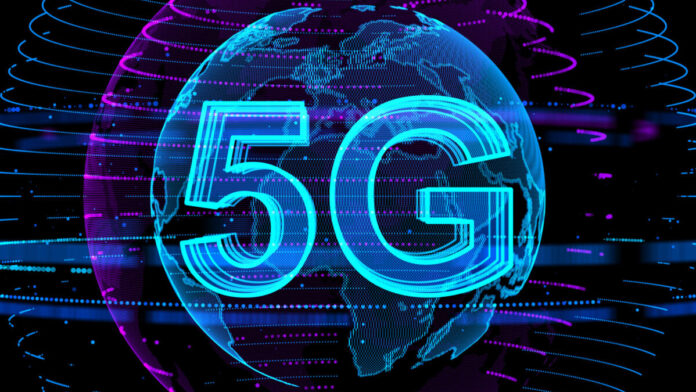Nokia will deliver its energy-efficient, AI-ready AirScale RAN portfolio, including Habrok Massive MIMO radios for the n78 band
In sum – what to know:
Telefónica Germany extends its RAN deal with Nokia to 2030 – New contract covers Cloud RAN deployment, RAN modernization and a nationwide upgrade of 5G infrastructure.
Advanced AirScale hardware strengthens coverage and efficiency – Habrok Massive MIMO, Pandion radios, small cells, and IPAA+ antennas support capacity, indoor performance and faster rollout.
AI-powered management underpins long-term automation goals – Telefónica continues using Nokia’s MantaRay NM as both firms push toward automation level 4 across physical and virtualized network domains.
Finnish vendor Nokia has signed a five-year extension to its ongoing partnership with Telefónica Germany, securing a nationwide RAN modernization program that will run through 2030.
The new agreement covers Nokia’s latest Cloud RAN capabilities and supports Telefónica’s broader goals around 5G expansion, operational transformation and sustainable digitalization across the country. Telefónica will also continue adopting Nokia’s AI-driven tools to enhance network performance and automation.
As part of the deal, Nokia will deliver its energy-efficient, AI-ready AirScale RAN portfolio, including Habrok Massive MIMO radios for the n78 band, Pandion multi-band remote radio heads and AirScale small cells. These systems are designed to improve capacity, in-building coverage and energy efficiency. The Nordic vendor will also provide updated baseband technology to further strengthen 5G performance and reliability.
The deployment includes Nokia’s IPAA+ (Interleaved Passive Active Antenna), which helps streamline site configurations and accelerate rollout. The agreement also encompasses maintenance and optimization services.
Telefónica will continue relying on Nokia’s MantaRay NM platform for network management across physical and virtualized RAN, core and transport domains. The pair sees this as the foundation for advancing the German carrier’s network toward automation level 4 through AI-enabled orchestration.
“This contract extension reflects our shared commitment to advancing 5G technology and creating a more connected and sustainable Germany,” said Matthias Sauder, director of networks at O2 Telefónica.
“With Nokia’s anyRAN software, AirScale baseband, and autonomous network platforms, Telefónica is also positioned for long-term competitiveness as the AI supercycle takes hold,” said Justin Hotard, President and CEO, Nokia.
In October 2023, Telefonica Germany announced the launch of its 5G Standalone (SA) network in the country under the 5G Plus brand. Until this launch, the German telco had been offering 5G services through the NonStandalone (NSA) 5G architecture partly via its LTE/4G core network.
The European operator said it has already been using the 5G SA technology in 5G campus networks for companies and public authorities since 2020.
The carrier’s 5G Plus uses frequencies in the 700 MHz, 1.8 GHz and 3.6 GHz bands.
The telco said it expects its 5G SA service to reach full coverage in Germany by the end of 2025.

